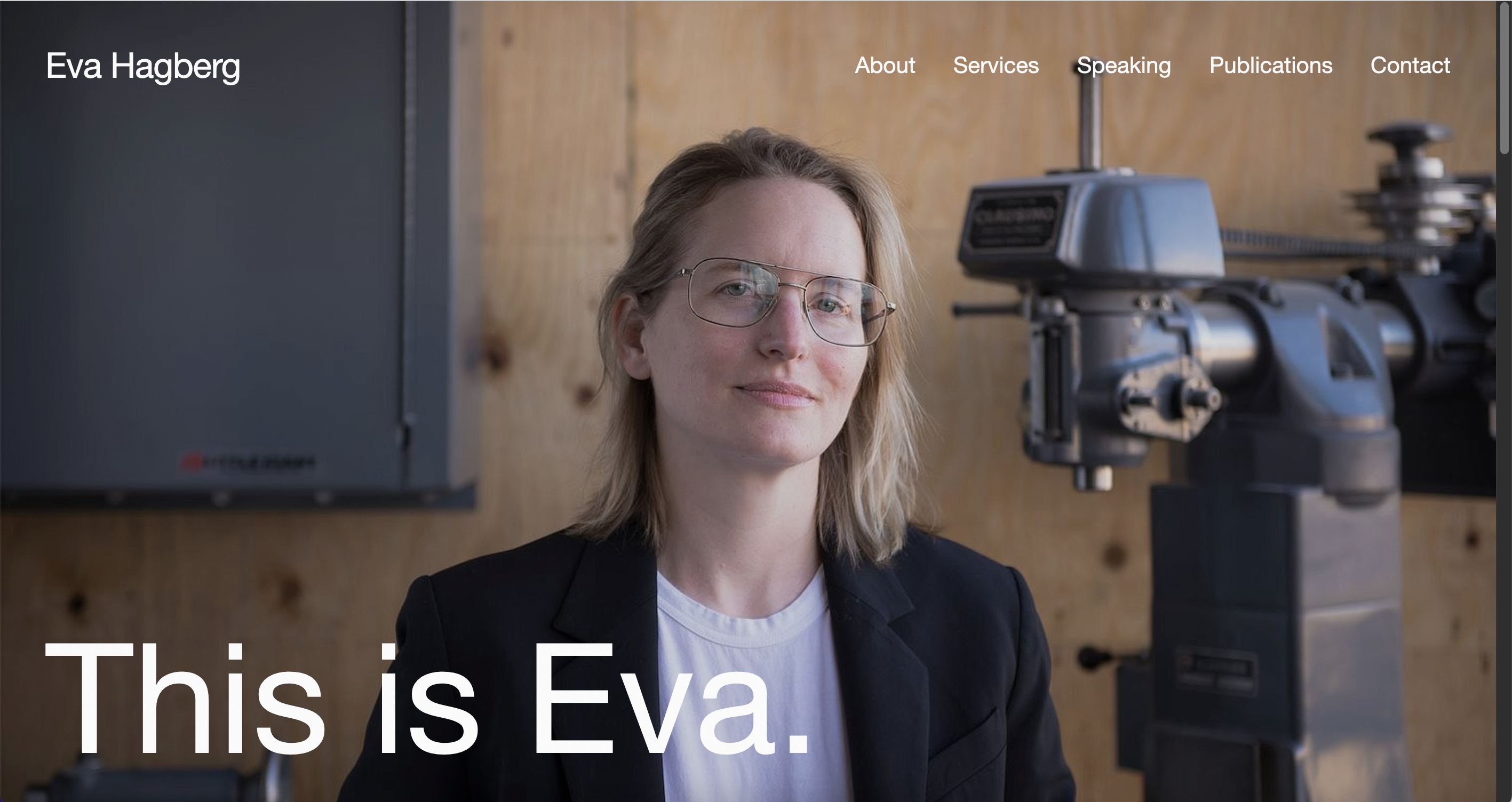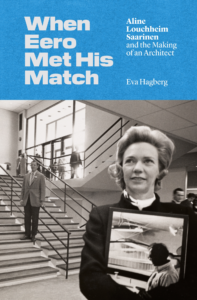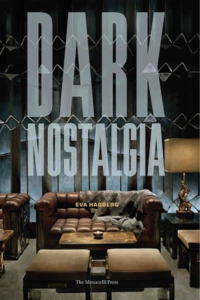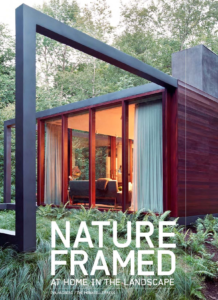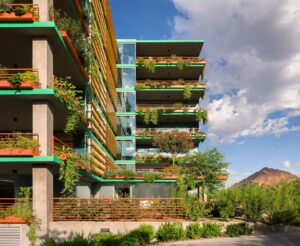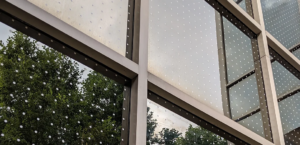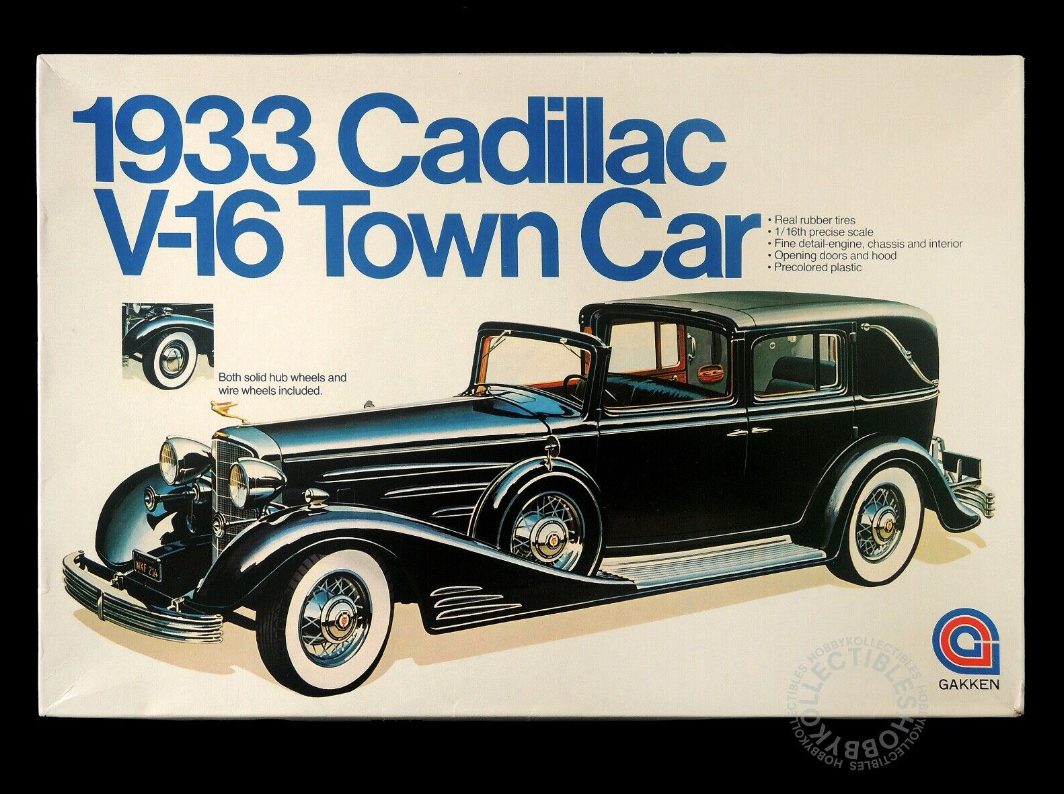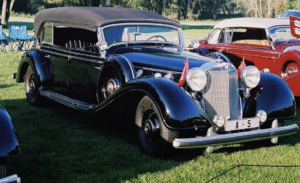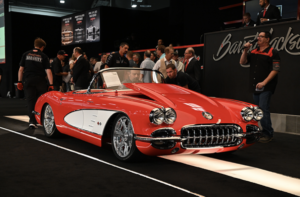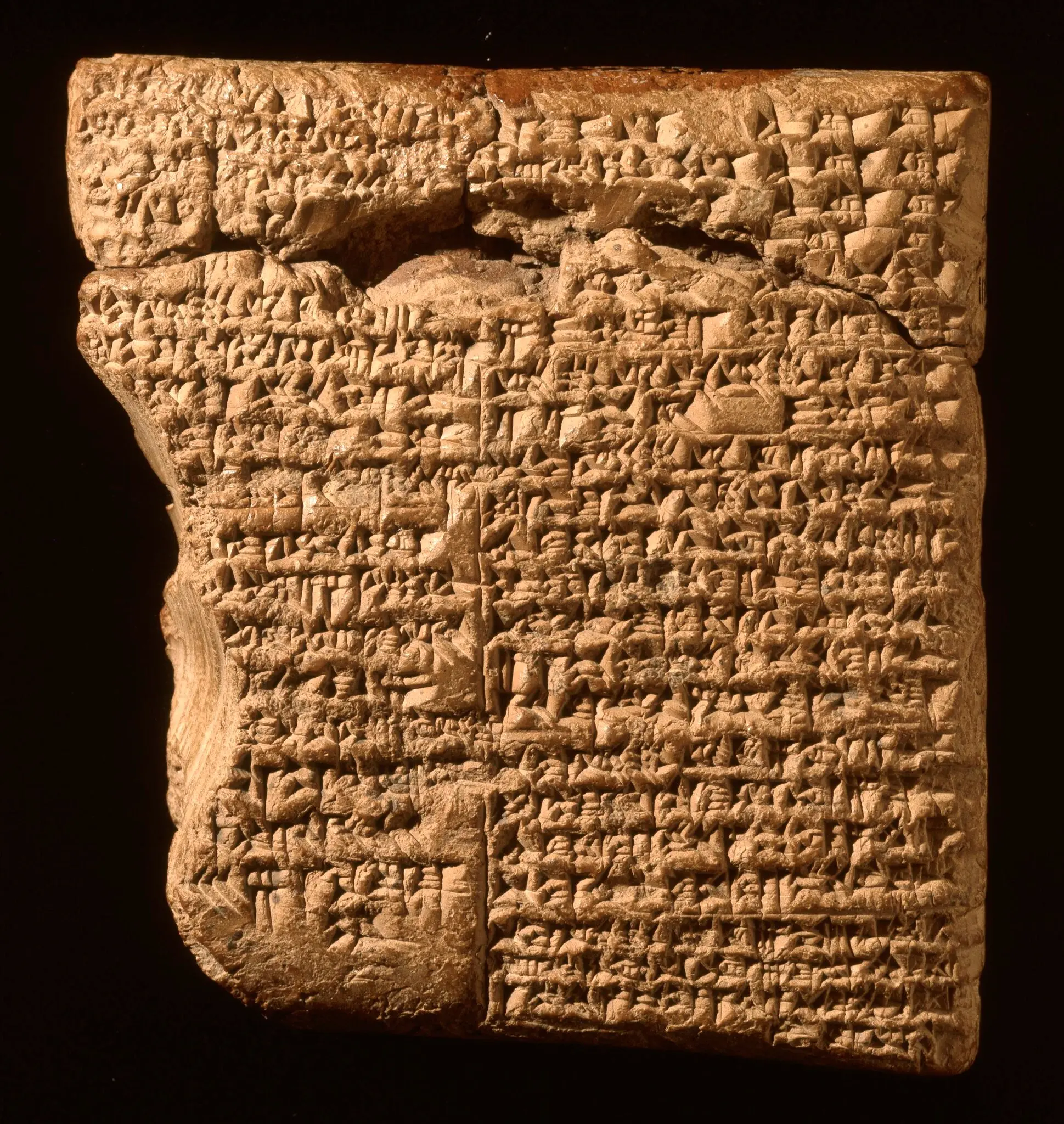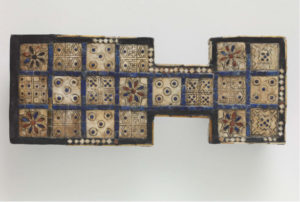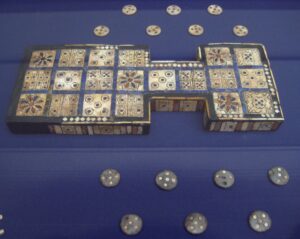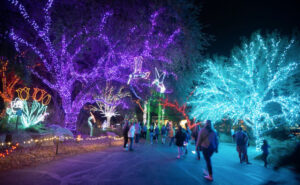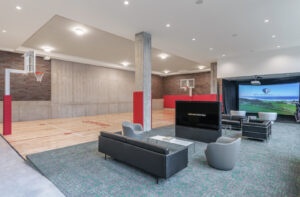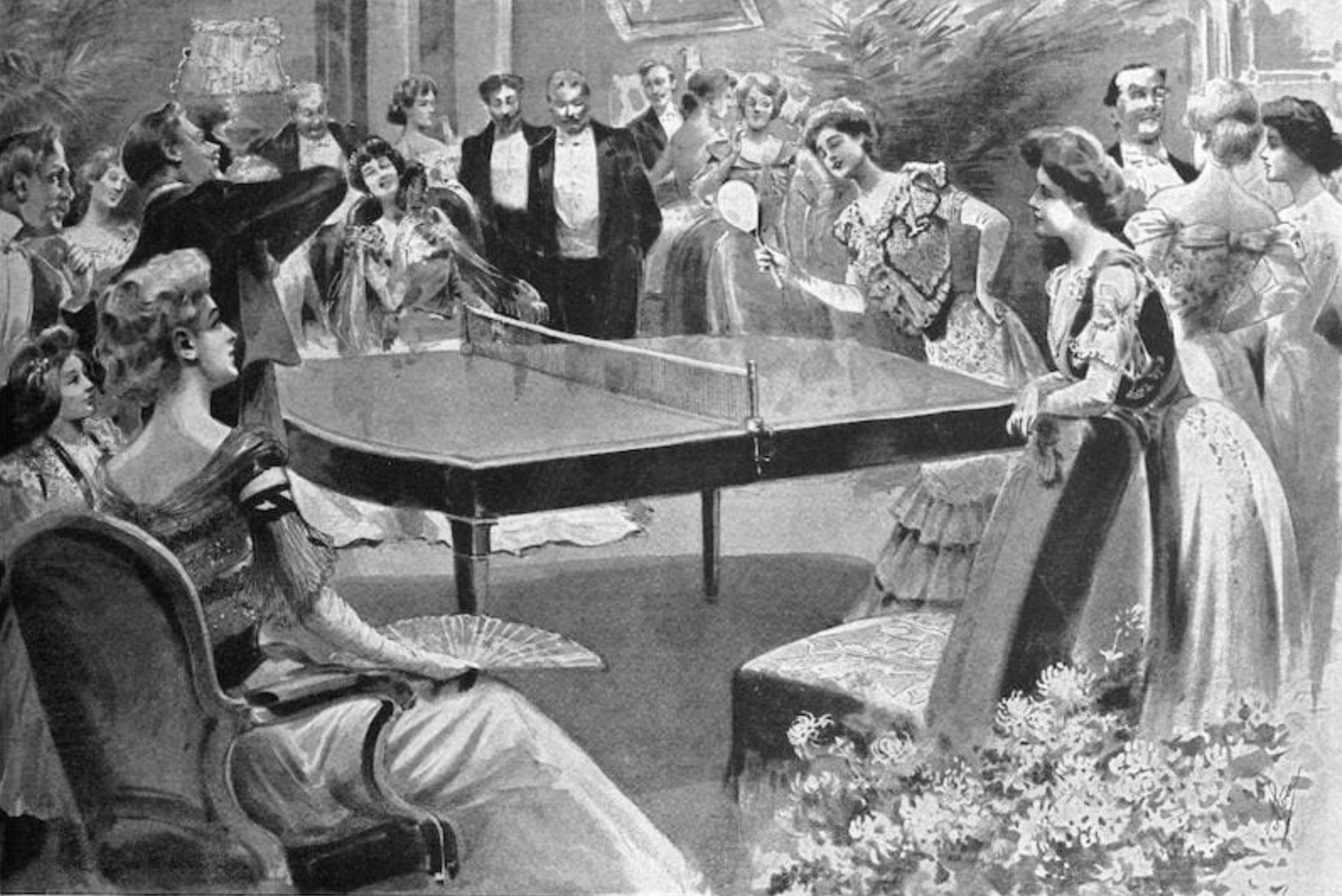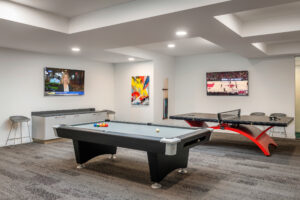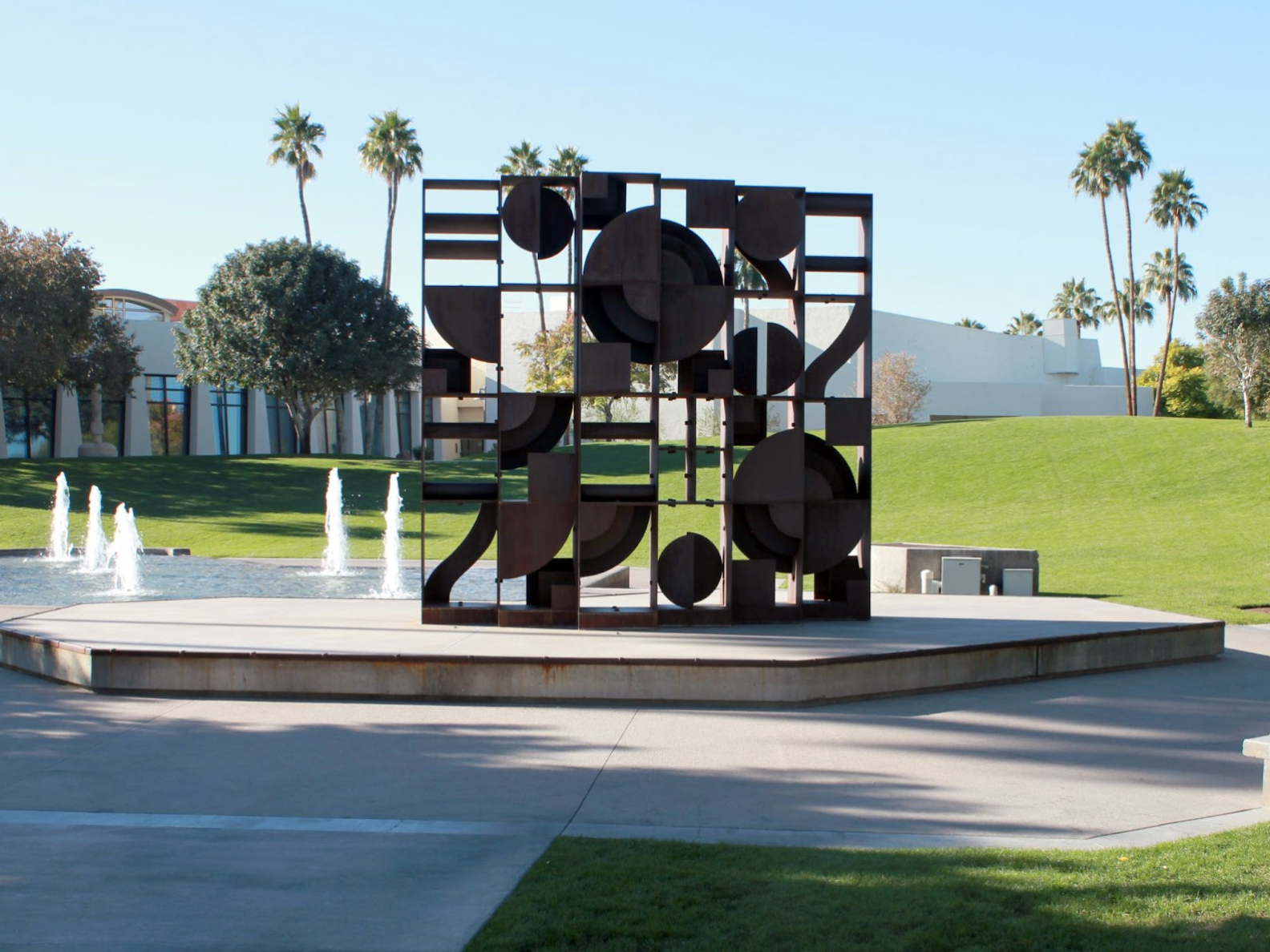The evidence that electric and hybrid vehicles are gaining traction is on the roads everywhere. From personal vehicles to rideshares and public transport, we are, as a nation, beginning to embrace the importance of reducing carbon emissions by replacing the fossil fuels that traditional gasoline-powered engines use with forms of clean energy.
Encouraged by the funding made available to help states fund public charging infrastructure, and Illinois’ ambitious goal to get one million electric vehicles (EVs) on the road by 2023, EVs are becoming increasingly desirable. And those who own and manage residential buildings are faced with the challenge to provide ample access to EV battery charging stations that residents need.
At Optima, we have always been sustainability-focused across our entire integrated business model — from design to building materials to landscaping – and EV parking. We began providing EV parking spaces in 2016 and 2017 at 7160 Optima Kierland and Optima Signature with 8 EV parking spaces, which represented only a small portion of the overall spaces in the garage.
Now in April 2023, Optima Verdana in Wilmette will open with 24% of the total spaces dedicated to EVs. In all of our communities — in both Illinois and Arizona — we have continued to increase EV capacity every year based upon resident demand, with the capacity to reach a full 100% at many projects. In recognition for our commitment to EV parking, Optima Sonoran Village won the Salt River Project Champions of Sustainability Award in the Building Communities for Electric Vehicles category.

In a recent Bisnow article that explores how future-facing multifamily developers are preparing for the future of electric vehicles, David Hovey Jr., AIA, Optima president and chief operating officer, observes, “Just from a sustainability perspective, obviously, demand is getting higher from both people wanting to be more sustainable … and cities wanting to be more sustainable, as well as just overall demand.”
Sustainability remains one of our most precious values at Optima. And we’re proud to be part of a growing community of property owners and managers that seeks to support sustainable practices on behalf of our residents.

